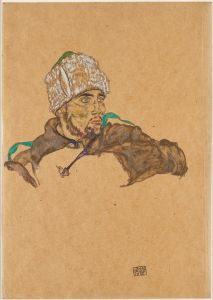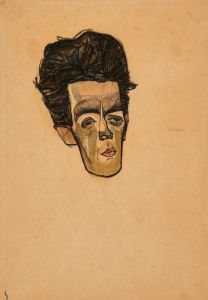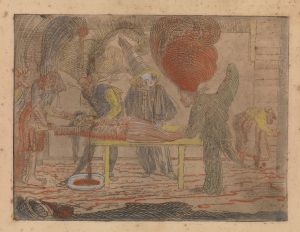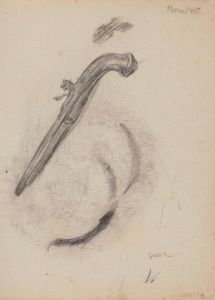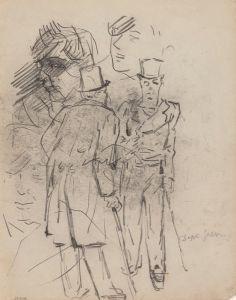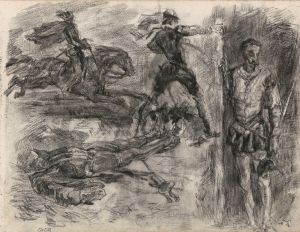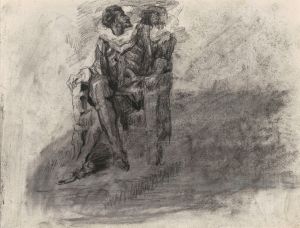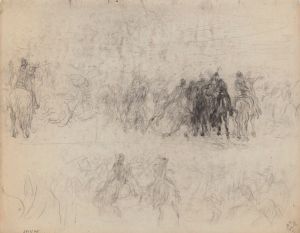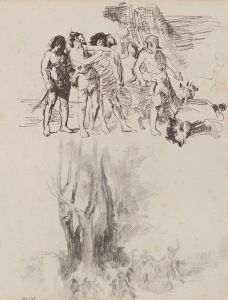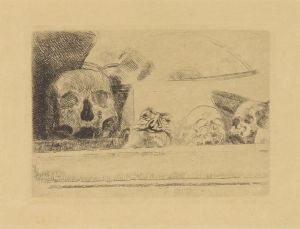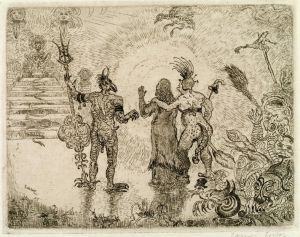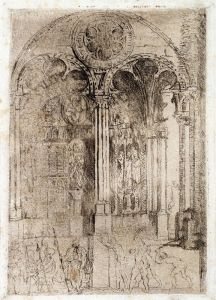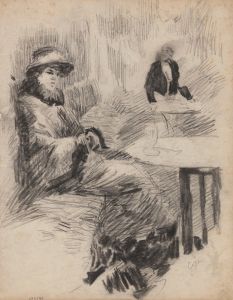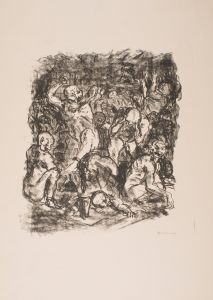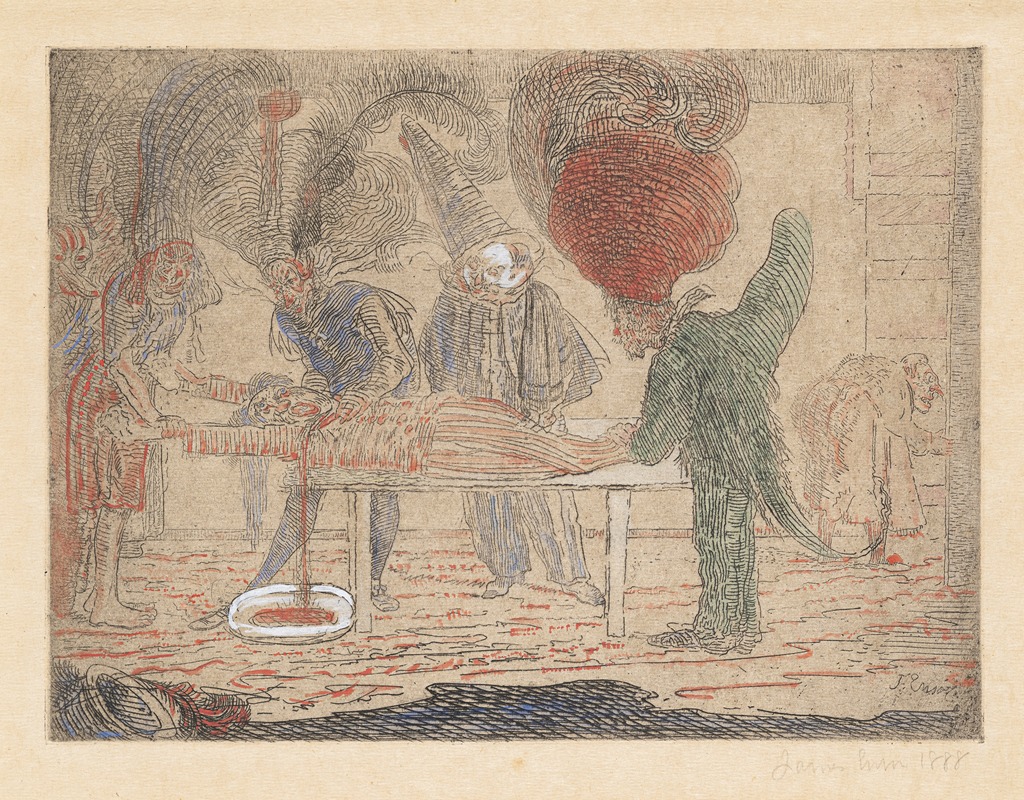
De Moord
A hand-painted replica of James Ensor’s masterpiece De Moord, meticulously crafted by professional artists to capture the true essence of the original. Each piece is created with museum-quality canvas and rare mineral pigments, carefully painted by experienced artists with delicate brushstrokes and rich, layered colors to perfectly recreate the texture of the original artwork. Unlike machine-printed reproductions, this hand-painted version brings the painting to life, infused with the artist’s emotions and skill in every stroke. Whether for personal collection or home decoration, it instantly elevates the artistic atmosphere of any space.
James Ensor, a Belgian painter and printmaker, is known for his unique and often macabre style, which has made a significant impact on the development of modern art. One of his notable works is "De Moord" (The Murder), created in 1890. Ensor's work is characterized by its bold use of color, grotesque imagery, and satirical undertones, and "De Moord" is no exception.
"The Murder" depicts a violent and chaotic scene, showcasing Ensor's fascination with themes of death and the grotesque. The painting features a group of masked figures surrounding a central character who appears to be the victim of a brutal attack. The masks, a recurring motif in Ensor's work, add an eerie and unsettling quality to the scene, emphasizing the anonymity and cruelty of the attackers. The use of masks also reflects Ensor's interest in the carnival and the idea of people hiding their true selves behind facades.
Ensor's technique in "The Murder" is notable for its expressive brushwork and vivid color palette. The chaotic composition and the intense emotional content of the painting are enhanced by his use of bold, contrasting colors and dynamic lines. This approach creates a sense of movement and urgency, drawing the viewer into the scene and evoking a visceral response.
James Ensor was born in Ostend, Belgium, in 1860, and he spent most of his life in this coastal city. His early works were influenced by the academic tradition, but he soon developed his distinctive style, which combined elements of Symbolism, Expressionism, and Surrealism. Ensor's work often explored themes of mortality, the absurdity of human existence, and the darker aspects of society. He was a member of the avant-garde group Les XX (The Twenty), which played a crucial role in promoting modern art in Belgium.
"The Murder" is a prime example of Ensor's ability to blend the grotesque with the satirical, creating a powerful commentary on the human condition. The painting reflects his critical view of society and his fascination with the macabre. Ensor's work was not always well-received during his lifetime, but he eventually gained recognition for his innovative approach and his influence on later artists, including the Surrealists and Expressionists.
Today, James Ensor is considered one of the most important Belgian artists of the late 19th and early 20th centuries. His work, including "The Murder," continues to be studied and admired for its originality and its profound impact on the development of modern art. Ensor's ability to confront the viewer with unsettling and thought-provoking imagery has ensured his place in the history of art.





